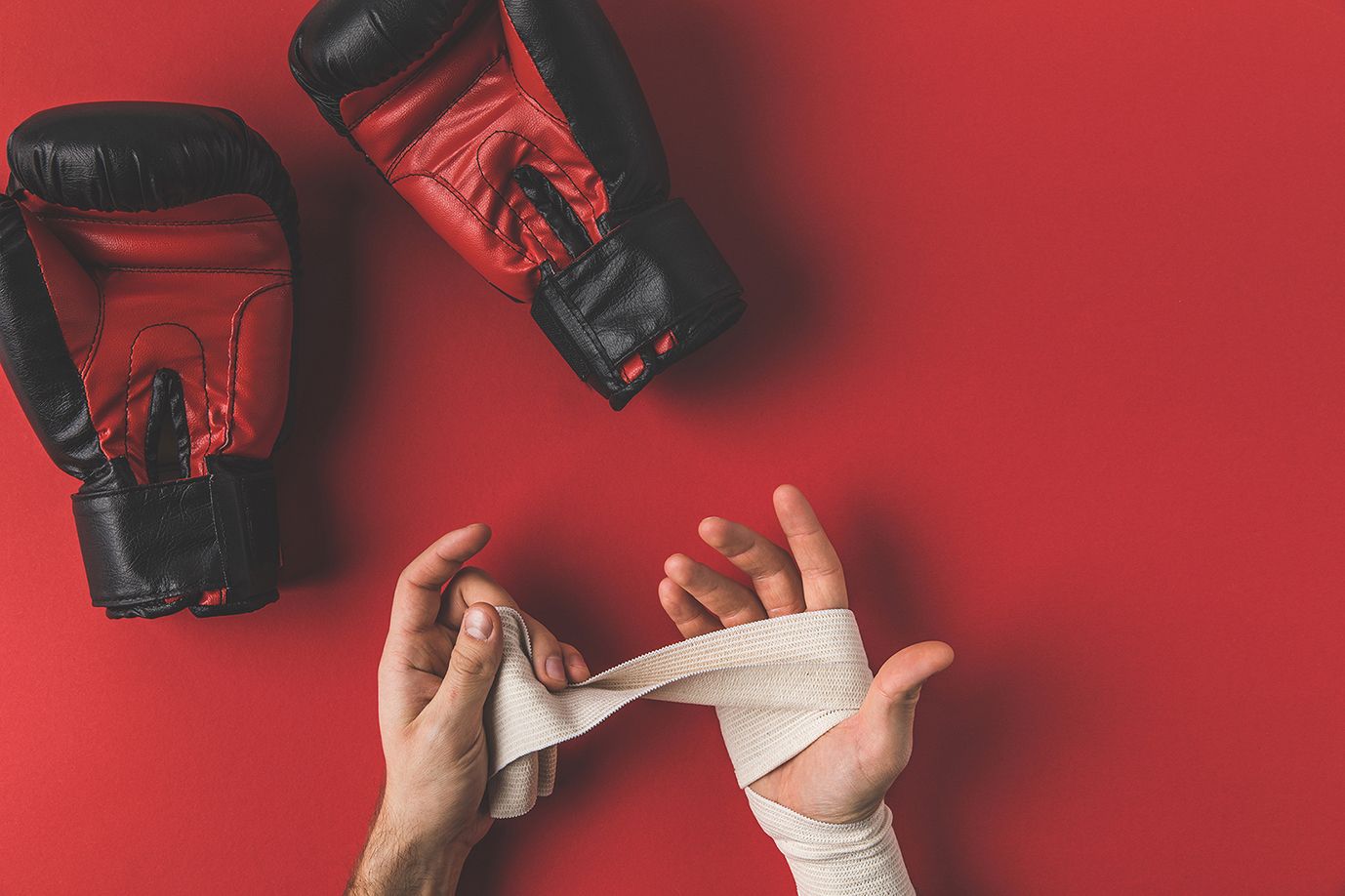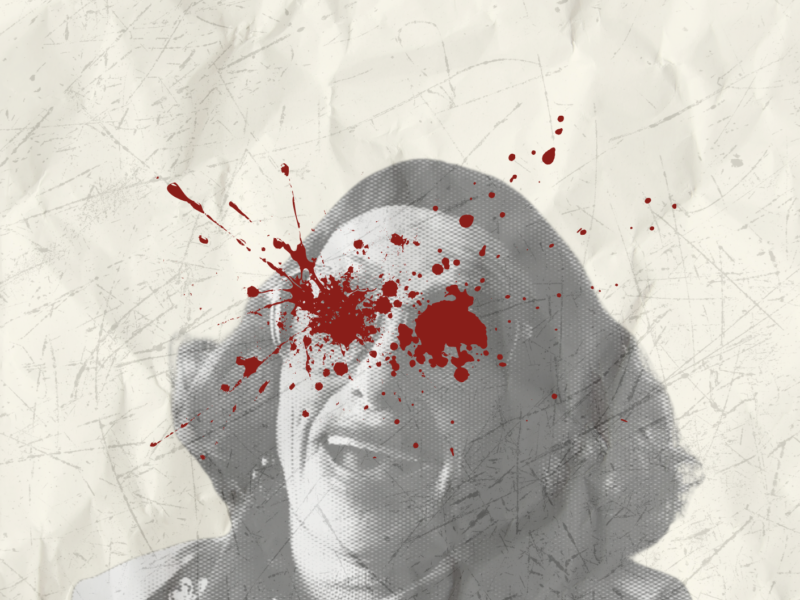Experts in the Philippines weigh in as our athletes prepare for the 2028 games in LA.
Paris 2024 marked 100 years of Philippine Olympics participation since we got on the competition roster in 1932.
From our 22-athlete contingent, the country completed its all-time best campaign with a harvest of two golds and two bronzes. This brings our overall medal haul in a century to three golds, five silvers, and 10 bronzes.
Though the gold medals brought in by Carlos Yulo and Hidilyn Diaz were respectively for gymnastics and weightlifting, given both data and our historic competitive advantage, Filipino boxing is still arguably the best source of a chance at elusive gold.
Binondo-born bantamweight Jose Villanueva was the original Olympian template who harvested a bronze in Los Angeles 1932. Down through the century, boxing also gave us more than half of the Philippines’ current 18 medals. And in the last two Olympics alone, we got five. Carlo Paalam and Eumir Marcial in Tokyo 2020 and this year, Nesthy Petecio and Aira Villegas racked up bronzes, while smashing the stereotype that the sweet science was solely a boy’s club.
Though nothing’s confirmed, there’s been constant news that the sport might be altogether eliminated from the next Olympics.
The boxing competition this year was mired in controversy, largely stemming from strained relations between the International Boxing Association (or IBA, whom Olympics officials have deemed corrupt) but also, as a result, rampant misinformation that they’d allegedly allowed biological men to compete in the women’s division. Leading up to Paris, the IOC ran the organizing and vetting for boxing after it stripped the IBA of recognition in 2023. The IOC cited that this was from the IBA’s failure to implement reforms on governance, finance, refereeing, and ethical issues.
At the moment, boxing is not included at all in the Los Angeles 2028 program.
To quell rumors, IOC president Thomas Bach stated that boxing’s inclusion in LA 2028 will be decided in 2025, at the latest. To help boxing’s case and avoid missing out on the next Olympics altogether, Bach urged national boxing federations to hurry and create a new umbrella organization to oversee global selections.
This is a long way of saying this is truly bad news for the Philippines. We are a country that leans heavily on pugilism for our share of Olympic medals. Likewise, a tough break for our Southeast Asian neighbor Thailand, which has 16 medals in boxing.
Boxing’s future as an Olympic sport is clouded and uncertain.
Can the boxing federations get their act together in time? Will amateur boxers no longer be able to aspire to Olympian status?
As the dust of hype and controversy have died down from Paris 2024, replaced by extravagant homecomings and ticker tape parades, we asked experts and analysts in combat sports what’s to be done to improve our chances in pugilism for 2028 and beyond.
And, perhaps a more tactical Plan B, how do we pivot if boxing is completely left out of competition altogether?
IT ALWAYS STARTS FROM THE GRASSROOTS
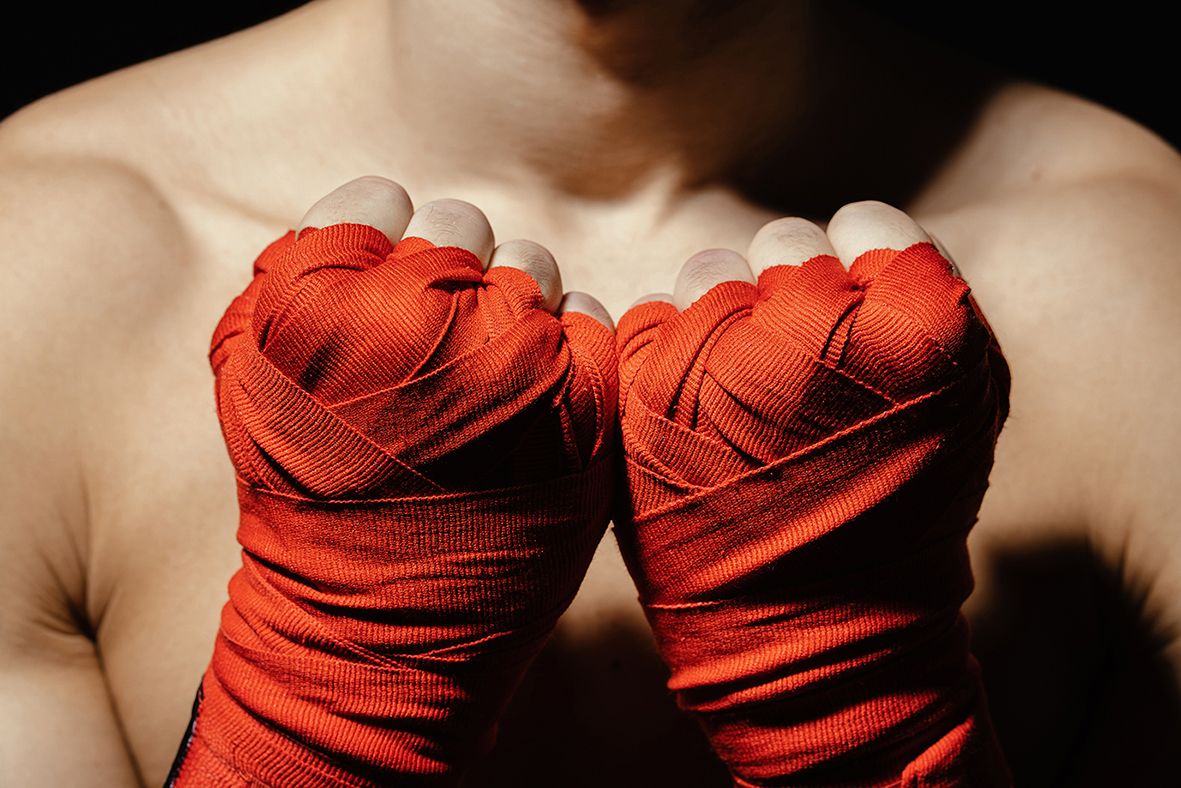
Arguably, the template is to follow countries in the global north. A long term plan to systematically recruit, foster, and develop athletes from an early age into competitive form is the way to go.
Rosenberg Rosete, Brazilian Jiu-jitsu black belt and co-founder of officiating body EAFMMAO (Elite Association of Filipino MMA Officials) breaks off this overarching strategy into two specifics: getting combat sports into primary and secondary schools, and an academic and athletic scholarships pipeline for those who do show promise.
“Integration into school sports programs means partnering with the Department of Education (DepEd) and private schools and universities and associations to integrate combat sports into physical education curricula in elementary and high schools,” said Rosete. “Ngayon kasi parang walang nagkukumpas. Dapat integrated [Right now, it just seems like no one is moving. It should be integrated.]”
Further, he added that a schools-based combat sports leagues that mirrors the National Collegiate Athletic Association where students can compete at local, regional, and national levels would be smart. “This means further improving Batang Pinoy and Pambansang Laro,” said Rosete.
A ladderized or progression program for winners of these competitions should then be tied up with the respective NSAs (National Sports Associations) for each combat sports. “And we must establish a scholarship system for young athletes who excel in combat sports, ensuring they can pursue both their athletic and academic goals.”
A robust grassroots program feeds inevitably upward. Turning regional amateurs into national athletes, and turning national athletes into Olympic competitors. The cream rises to the top if neighborhood gyms and local coaches—as well as national scouts and selection committees—are all doing their job correctly.
Franco Rulloda, sports broadcaster and BJJ black belt, is in agreement. The shortest remedy with the least difficult pathway is to “fix the current systems we have and always plan ahead, not plan when it’s already late.”
Looking beyond short term systemic fixes, he cited that all the athletic powerhouse countries have met success with an extremely strong grassroots program.
“Lahat ng super power sa sports—like USA, China, Japan—all have grassroots training programs from seven years old pa lang,” said Rulloda. “This is always the long term solution.”
For quick comparison, in Russia, most kids start wrestling at 10 or 12 years of age and compete at an average of two to four tournaments per year. In the USA, they start even earlier, usually at age 7. The downside is that studies have shown that half of US collegiate wrestlers are burnt out by the time they enter college, while Russian state-run monetary incentives to continue beyond collegiate level as a long term plan have proven to ensure sustainability.
In Cuba, where boxing is embedded in the culture, and almost every corner academy breeds well-schooled amateurs, boxers are trained from as early as 6. In contrast, Pacquiao didn’t start until he was 12. Similarly, legendary pro “Flash” Elorde was introduced to boxing at 16 years old.
REFORMS TO CURTAIL CORRUPTION
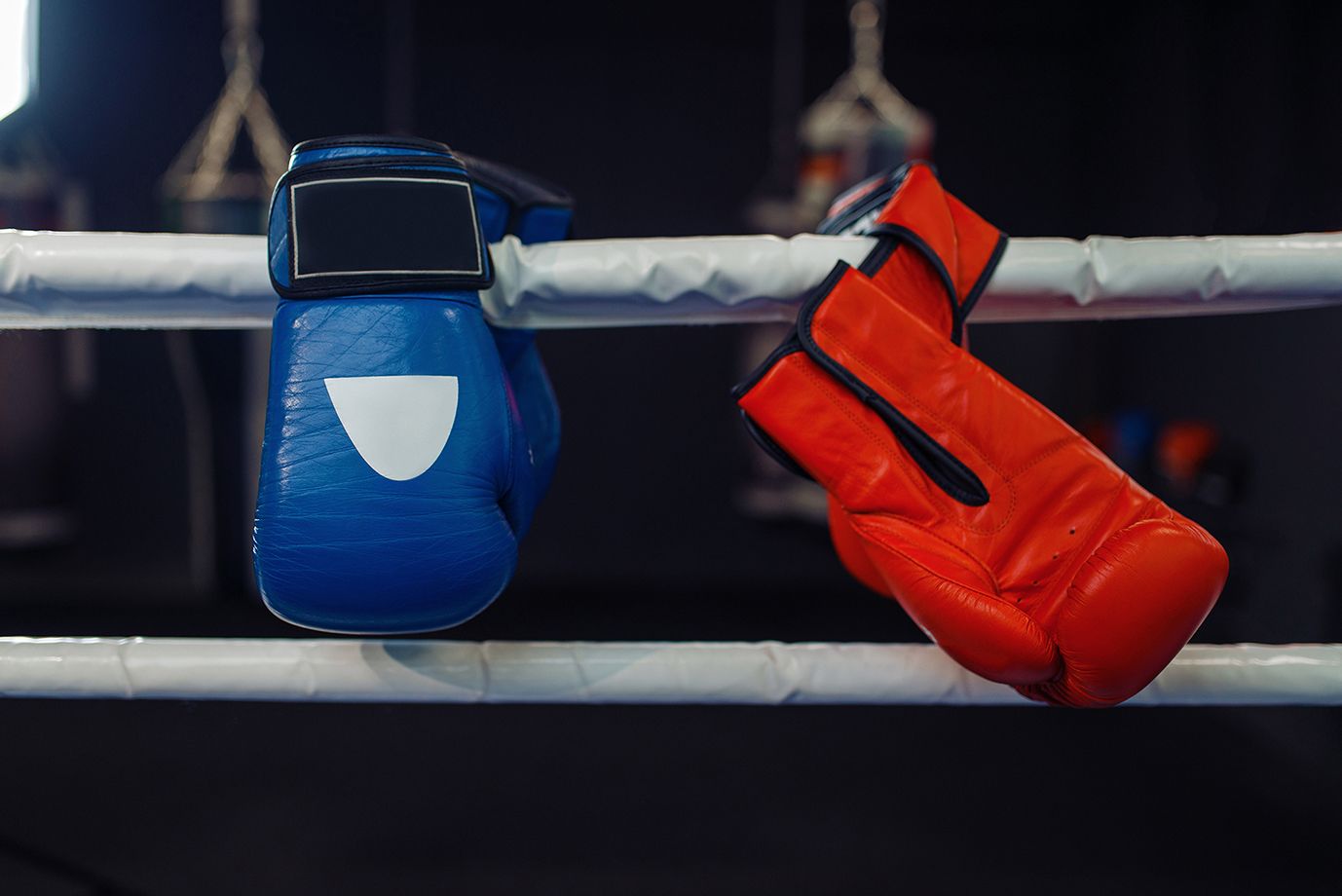
The Filipino athlete feuding with his local NSA goes as far back as track star Lydia de Vega’s disagreements with the Gintong Alay program heads.
In the past two Olympics alone, several cases have made headlines.
Like the ugly rift between EJ Obiena and his mother federation, the Philippine Athletics Track and Field Association (PATAFA), when they decided to expel Obiena from the national team and charge him with estafa. Or when fencer Maxine Esteban decided to switch nationalities after she felt she’d been extremely disrespected (“sobra akong nabastos.”) In Paris, she represented the Ivory Coast.
Gold medalist Hidilyn Diaz feuded with the Samahang Weightlifting ng Pilipinas (SWP) in 2018, citing how she struggled with finances, releasing a scathing letter that cited how the organization was “without a strategic plan, without long-term program for the athletes, and without integrity.” Meantime, boxers Eumir Marcial and Irish Magno pleaded with the PSC for help in the lead up to the 2020 Olympics, saying they struggled to make ends meet while waiting for their months-delayed living allowance.
In a training atmosphere where lack is the given, analyst Lemuel Deinla cited in his longreads (“How the Government Fails Filipino Athletes”) that “Filipino athletes not only have to compete in their respective sports, they also have to compete with each other for scarce resources.”
In the same feature, Deinla cited that it partly comes from the sports sector being “seriously underfunded compared to our neighbors. In 2015, the PSC received P800 million only.” Partly, it also comes from an already small pie being mishandled or diminished through corruption. Athletes then receive only a trickle of what they are owed.
EAFMMAO’s Rosete is of the opinion that one of the best ways to reform the system that’s specific to combat sports is a centralized high performance national training institute.
Such a physical infrastructure with a streamlined governing body, will consolidate not only the organizing, but also make an argument that funding can be managed under one roof for all competitors.
“It should be like the UFC’s Performance Institute. Parang National Combat Sports Training Center or mala-hub ang dating [Like National Combat Sports Training Center or something like a hub,]” said Rosete. “Build a state-of-the-art facility that includes world-class training environments for various combat sports. Include dormitories for athletes and staff, and make it a hub for year-round training,” added Rosete.
The fact is, the less chances for money to change hands and there will also be less opportunity for corruption or mismanagement to happen. Under the same roof, this institute will have cutting-edge sports science and medical care for athletes specific to combat sports, an R&D Division that includes PHds and sports experts from nutrition to performance, as well as collaborative researchers in training, recovery, and data analysis.
The governing body of this institute will also handle a comprehensive athlete welfare system that includes full-time athlete support (“like competitive stipends and private HMO insurance”) and post-retirement benefits, where the end goal is to enable the athlete to focus full-time on training and not making a living wage.
This will assure that “after the athlete has retired from representing the country, meron siyang sure na trabaho or livelihood [after the athlete has retired from representing the country, they will have a sure source of work or livelihood.”]
DEVELOP OTHER COMBAT SPORTS
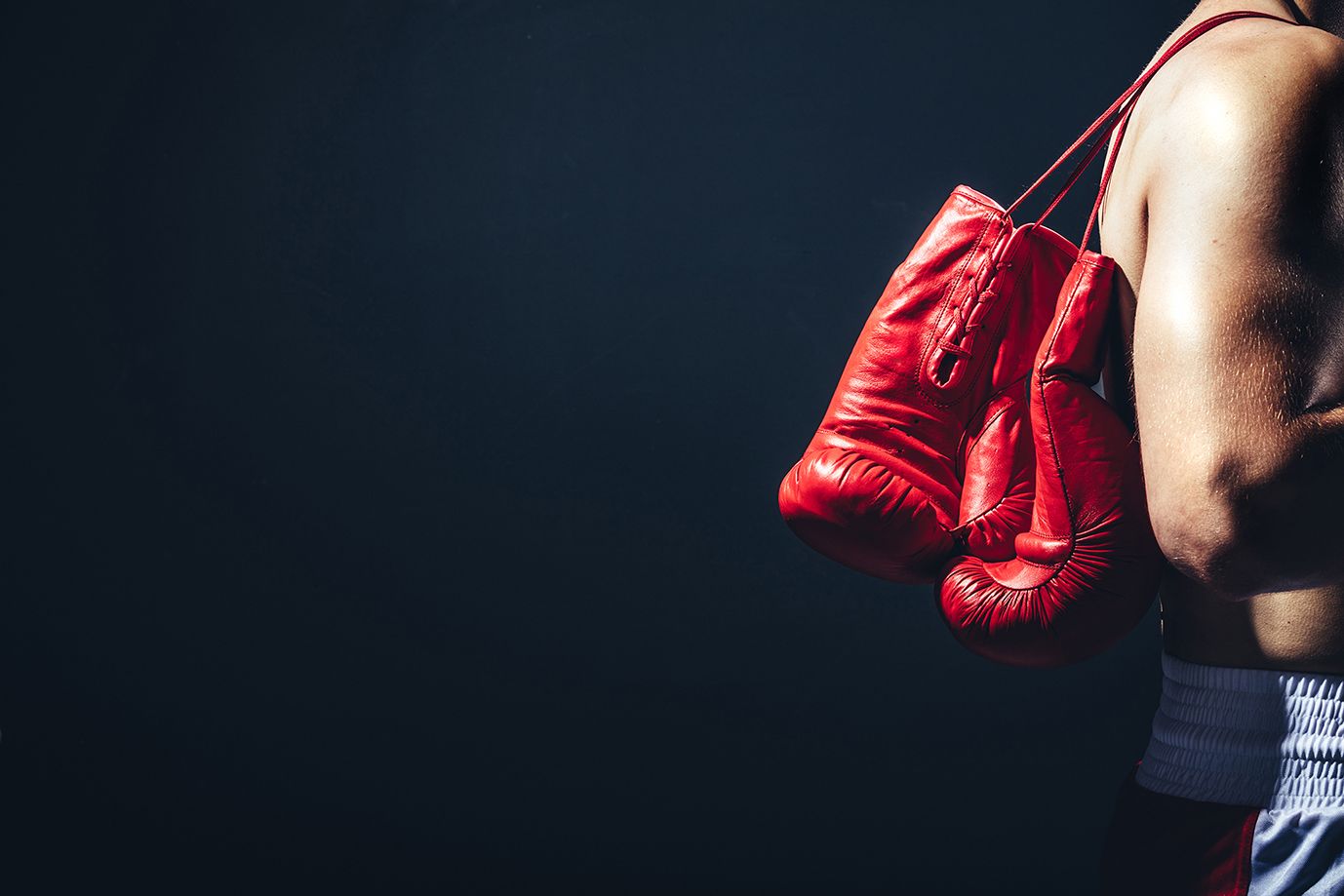
For the first time in Olympics history, Muay Thai (MT) was featured as a demonstration sport at the 2024 Paris games. Filipino MT fighters Alyssa Kylie Mallari and Rhichein Yosorez were even part of the World Muaythai Demo Team for the exhibition in France.
The striking arts—specifically karate, taekwondo, and Muay Thai—have very robust scenes and a deep pool of talent in the country. Some exhibition and shortlisted sports have historically made it into the games themselves. Meaning, Muay Thai may one day see its bid a success, the way skateboarding has as a mandatory competition in 2028.
With boxing on the wane, it would be incredibly prudent planning to develop other combat sports athletes with an eye to becoming Olympic contenders.
For one popular local sports commentator (who elected to remain anonymous,) it is too late to make adequate adjustments for 2028, but rather look to “have a plan for Brisbane in 2032.”
“Be like boxing and gymnastics. It’s too late to plan for 2028 if pa-start ka pa lang [if you’re just starting,]” he said.
In his opinion, the development of other combat sports is an incredible opportunity and avenue for athletes to excel outside of boxing.
“There’s a lot of talent that [remain] undiscovered or that doesn’t reach [their] full potential because of shitty support, which needs to come from NSAs. NSAs need to figure out how to keep kids in the sport. Ang daming nagu-umpisa pero konti yung umaabot sa dulo [A lot of them start but only a few make it to the end.] For me, the NSAs need to work harder.”
“Take taekwondo, for example,” he added. “It ticks all the boxes in terms of a sport where the Filipino can be competitive. There are weight divisions kaya di glaring yung height disadvantage [there are weight divisions so the height disadvantage of Filipinos is not so glaring.]”
Taekwondo competitions are held in the NCAA and the UAAP, as well as sending athletic delegations to regional championships like the SEA Games. Notably, popular TKD jins who made it to the Olympics include actor Monsour del Rosario and commercial model Bea Lucero.
“With the number of kids who do TKD,” he said, “bakit sobrang konti ng umaabot sa elite [how come too few make it to an elite level?”]
Even Olympic boxer Hergie Bacyadan mused “I’ll have to think about it” when asked if she was going to focus on boxing for 2028. Rather, she stated she might just train in wushu or vovinam since she wasn’t sure if boxing would be included in LA.
If we can pin our hopes on other combat sports, then it stands to reason there will be more chances of winning a gold.
ENGAGE THE PUBLIC, INVOLVE THE PRIVATE SECTOR
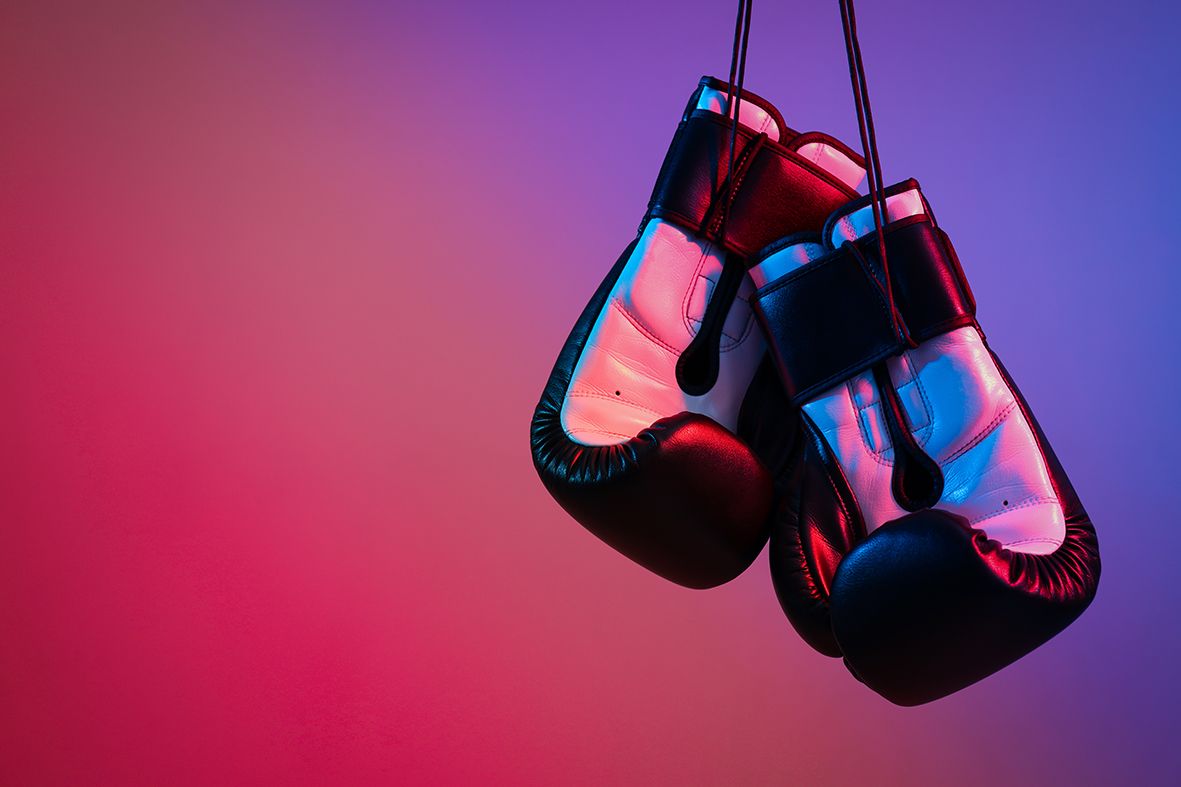
Corporate sponsors and donations from individuals in the private sector is one of the ways by which athletes augment their finances for much needed training. It’s a fact that you can’t adequately compete for Olympic gold while waiting tables or grinding a 9 to 5.
For Rulloda, it is “always a three-pronged approach. Athletes need support from the government and private sector, but at the same time they also need a fan base.”
He added, “As citizens we should all support our national athletes to create an ecosystem that is financially and economically sustainable.”
Rosete echoed this sentiment. The more popular sports almost always get a bigger slice of the funding pie, especially if it’s correctly drummed up public support.
While professional leagues that can be watched on TV or online always help with exposure, creating ways to engage with the public beyond that is a more dignified way for amateurs to handle getting finances. Better than always having their hands out to beg for sponsorship.
“Public awareness campaigns and combat sports festivals,” said Rosete, as a great way to solve engagement.
“One solution is to organize annual national combat sports festivals that bring together athletes from all over the country for exhibitions, competitions, and fan engagement.”
This, in turn, will enable the big chunks to roll in from private sector partnerships and benefactors that provide sponsorships.
“Parang yung movie na Foxcatcher, minus the paranoia [It’s like the movie Foxcatcher, minus the paranoia,]” added Rosete. “Partner with local and international brands to sponsor athletes, events, and training programs. This will help generate additional funding to sustain long-term development. This is similar to what Manny Pangilinan is providing to Gilas Pilipinas.”
As a corollary, a bit of media training (especially social media) and the guidelines of optics in our advertising and multimedia-saturated world always go a long way. Athletes need to know how to present themselves, cognizant of how to get what they need for their chances at Olympic gold through their public personas.
“Use mass media and social media to raise the profile of combat sports,” explained Rosete.
In the case of controversy or social catastrophes, athletes can also get a handle early on how to present their own narrative to the public before misinformation (or even disinformation) spins out of control.
This is what the world from learned from boxing this year.

